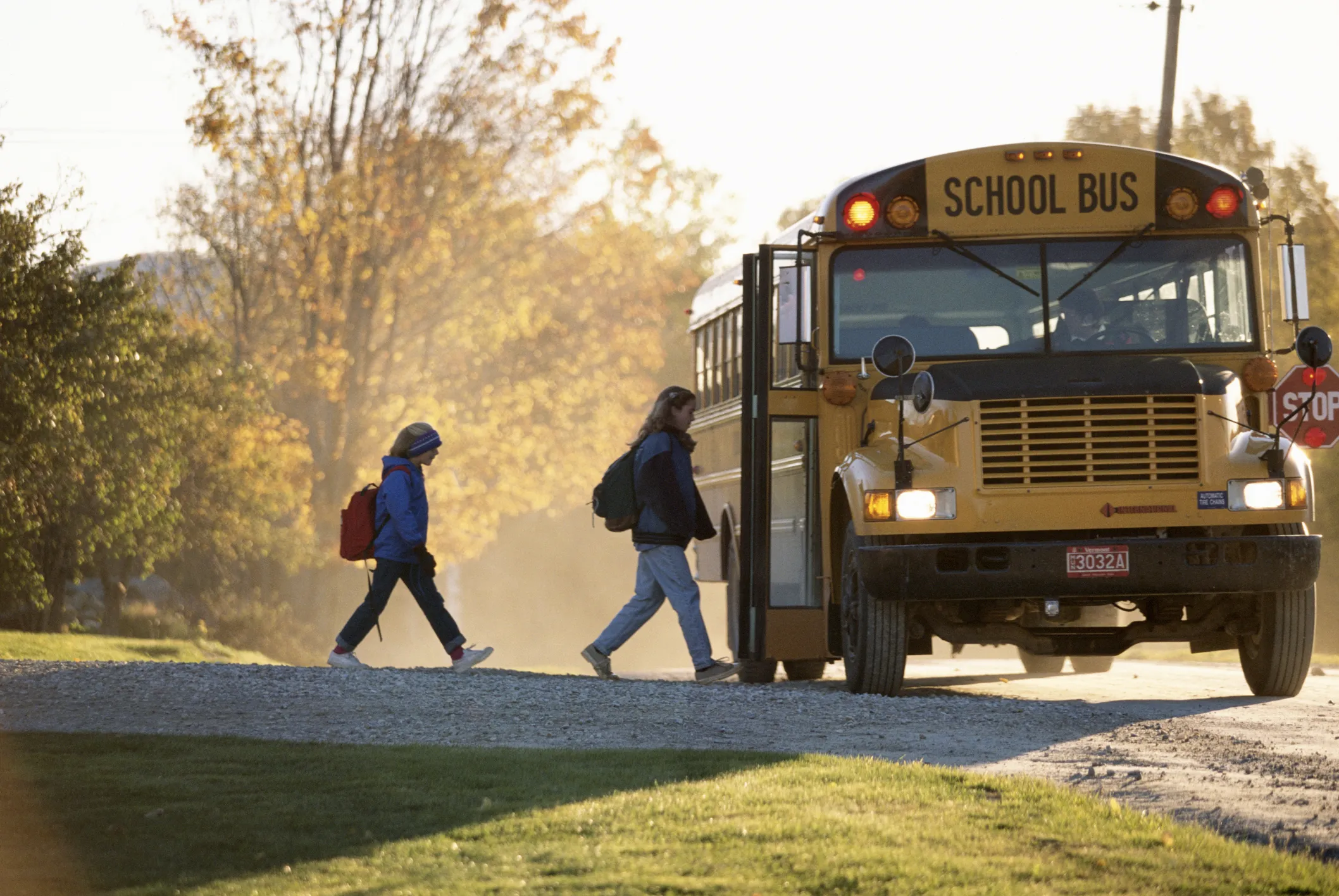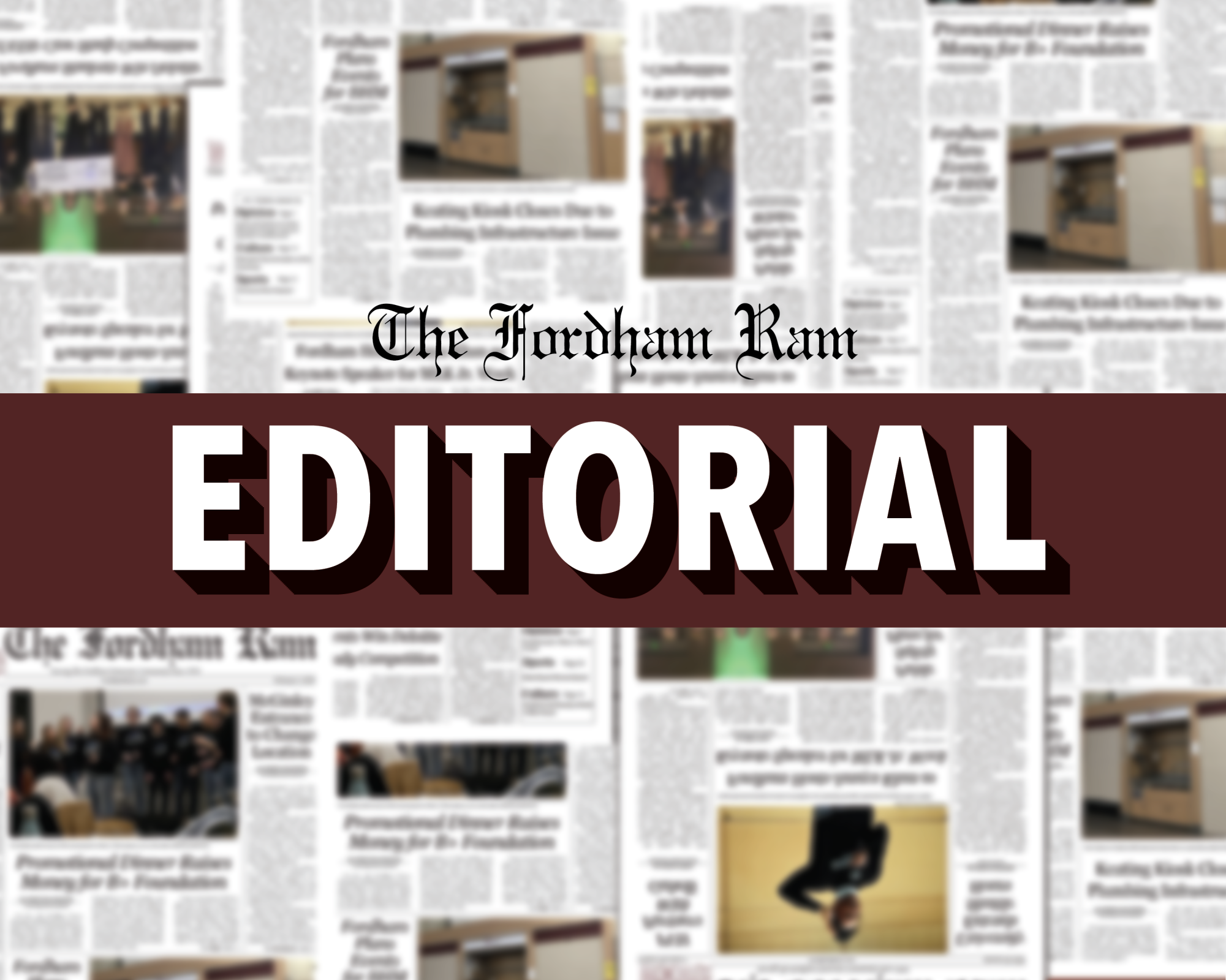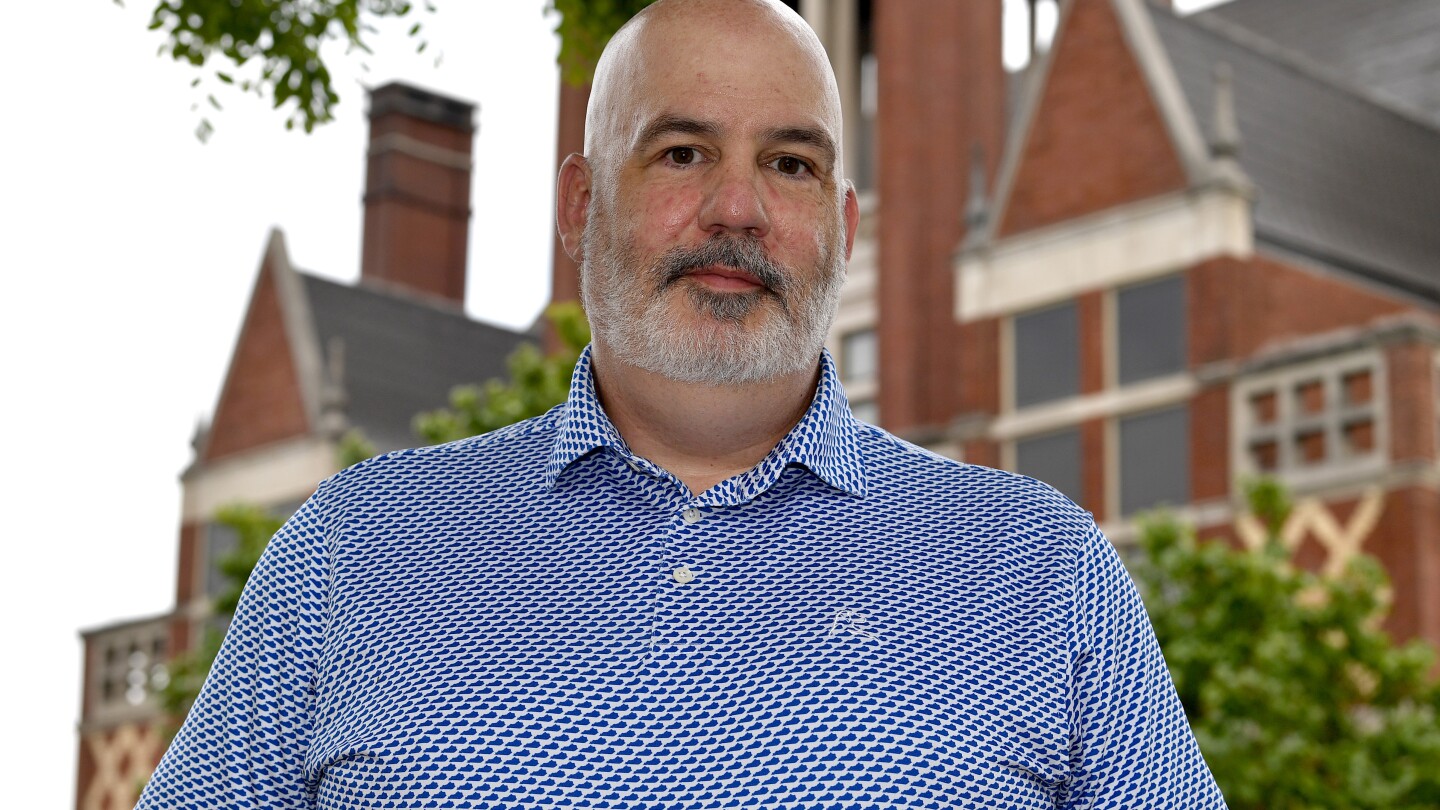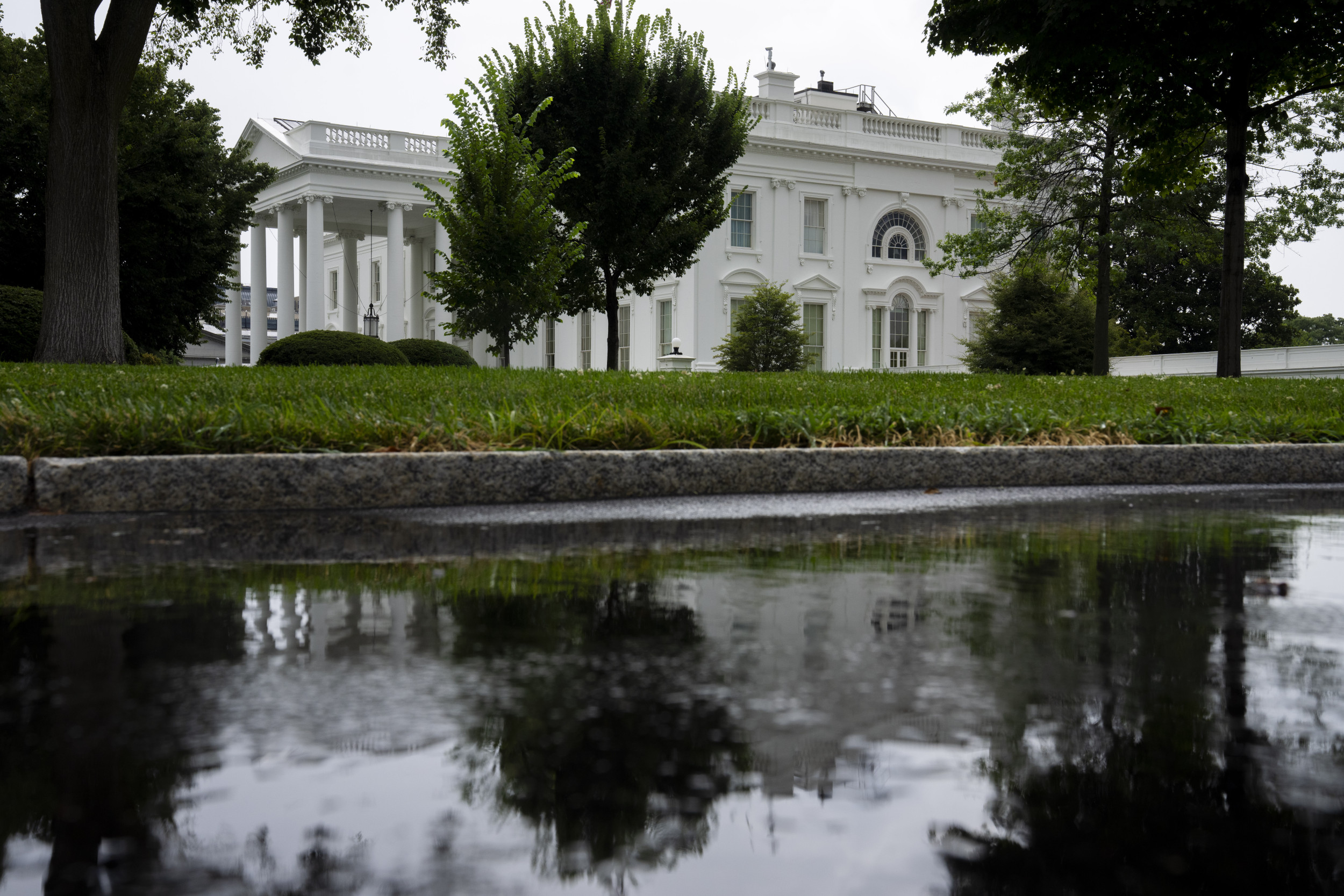Originally by at TIME.
Project 2025, the policy agenda for Former President Trump’s potential first year back in the White House published by the far right conservative think tank the Heritage Foundation, has been making waves recently. Some of the many destructive proposals within the agenda include the elimination of the U.S. Department of Education—along with federal education funding and any civil rights protections—and the diversion of public money to private school voucher programs instead.
Make no mistake: The goal is to end public education. But dismantling our public schools isn’t just the plan if Trump is reelected—it is already happening.
We are on the brink of a new wave of public school closures, another step in the decades-long project to divest and dismantle the institution of public school. Disguised as “school choice,” federal, state, local, and private actors have prioritized paying for private and charter schools, hoarding educational resources for the haves and depleting resources for the have-nots.
The policies that Project 2025 plans to prioritize—government payments to families sending their children to private school and creation of new charter schools that are run like businesses—have expanded in the last few years, starving public school districts that serve all students of already insufficient resources. In the 2023-24 school year, at least 70 school districts, including in San Antonio, Texas, Jackson, Mississippi, and Wichita, Kansas, announced permanent closures of public schools, impacting millions of students. These districts are resorting to the harmful, discriminatory, and ineffective so-called ‘solution’ of closing schools in Black and Latine communities, stripping those communities of their local public schools.
Here’s how it works: Concerned about shrinking enrollments and budget crises, district leaders conclude that they must close schools, often without any evidence or analysis that it would save money—and, indeed, it hasn’t been shown to save money unless coupled with mass layoffs. They hire consultants who come up with “utilization” rates and then recommend closing schools with the lowest rates to “rightsize” the district—their euphemism for their misguided belief that school facility usage should be guided by arbitrary numbers instead of meeting communities where they are.
The problem is that “utilization”—a school’s enrollment over its supposed capacity—is stacked against schools that have experienced historic underfunding and disinvestment in facilities repairs, curricula, extracurricular opportunities, and staff. These same schools disproportionately serve Black and Latine students, English Learner students, students with disabilities, and students living in poverty.
Closing schools is demonstrably harmful—and has real-life impact. Research on the mass urban school closures from 2012 to 2014 overwhelmingly found that academic outcomes suffered, particularly for low-performing students. A May 2024 study from Brown University linked the experience of a school closure to “decreases in post-secondary education attainment, employment, and earnings at ages 25–27.” Additionally, closures force families to travel farther to get to schools that are not in their communities, making it harder to form relationships with staff, join extracurriculars, or get involved in parent organizations.
These communities are also often the first to lose access to the benefits of neighborhood public schools, which act as essential gathering places for social services and community resources like adult education, polling locations, a place to hold community meetings, and access to democratic community control through school board elections.
There are more equitable and educationally sound approaches than the lazy, unjust, self-sabotaging—and all too common—approach of spending money on consultants to tell districts what they have already decided to do: close the schools they value least, relying on metrics that target symptoms of their systemic neglect, and playing into the conservative agenda to make public schools obsolete.
Districts have better options to address budget woes. They can start a community-driven process to reshape the budget, wherein multiple stakeholders—rather than a selected few—play an active role in setting district budget priorities. Districts can also employ community-led assessments of how they use buildings, allowing school communities, particularly those historically marginalized, to request the resources, support, and spaces they need.
At the very least, districts should integrate equity requirements into school closure proposals, for instance, by incorporating community-based equity audits into decision-making. States can also follow California’s lead by requiring and robustly enforcing equity safeguards for any decisions to close schools.
Young people and their communities deserve better than districts repeatedly making the same mistakes. District leaders must stop listening to expensive consultants and closing much-loved and needed schools, and instead, must listen to the communities they serve and focus on solutions that put students first. Local, state and federal governments must fully and equitably fund public schools—schools obligated to take and educate everyone—and stop diverting money to a system of charter and private schools where students and families are forced to compete for a limited pool of high quality resources for a select few.
Project 2025 is not an inevitability—it is a call to action for anyone who cares about public education in this country. Our public school system requires more resources to create better school environments for everyone. We need investment in our public schools—not closures.
Read the Original Story





